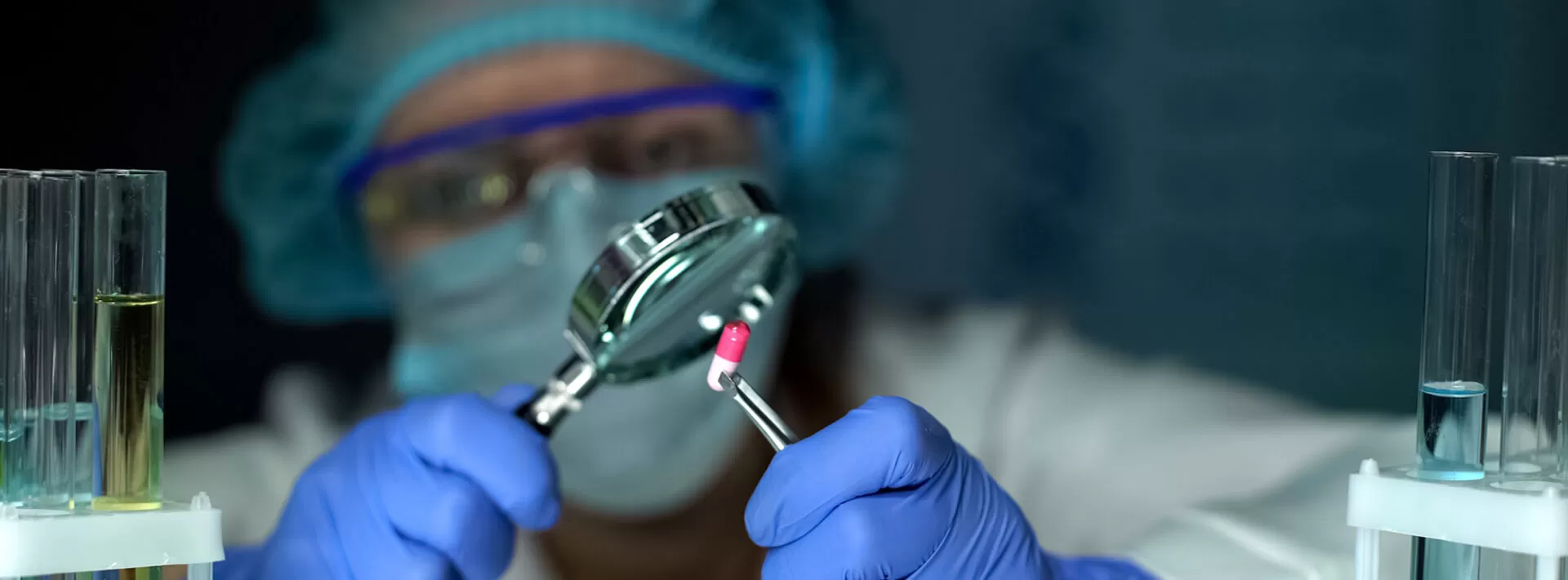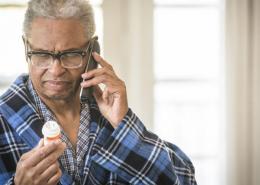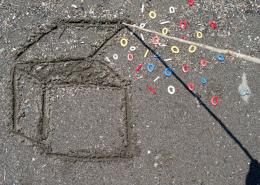How To Identify Fake Medicines

Every morning, as you greet the day and shake your prescribed medicine into your hand, you're trusting that they’re authentic. Worldwide, though, counterfeit medications are more common than some might think.
Studies show approximately 10-40% of medicines sold in low- and middle-income countries are counterfeit. In the United States, less than 1% of medicines sold in retail pharmacies are counterfeit.1
By that comparison, the chances of your medication being fake are small, but there's still a risk. You can make the best-informed decisions about your health, by knowing what fake medicines are, how to identify fake medicines, and how to choose a reliable pharmacy.
How To Check and Identify Fake Medicines
In a side-by-side comparison, it can be difficult to tell the difference between a counterfeit and real medication. In fact, according to Amy Callanan, a Global Intelligence Lead, Pfizer Global Security, there's only one way to be sure.
"It really takes laboratory testing to confirm 100% if a medication is authentic or counterfeit," she says. "But there are 'tells' customers can look for, which may or may not be present. It's important to know the absence of these signs doesn't mean the medication is authentic — it just means those particular tells aren’t there."
Although these indicators won't be present with every counterfeit, Callanan advises patients to be on the lookout for:
- Spelling errors. Misspellings of the product name, manufacturer, or main ingredients on medicine bottle labels or other packaging are the biggest, and some of the most noticeable, mistakes.
- Medication appearance. Your medication could change size and shape, and any sudden differences between refills should give you pause. Call your doctor or pharmacy to confirm any changes.
- Medication quality. Legitimate pills will always have a factory-made appearance. If your tablets are cracked, have a bubbled-up coating, or are crumbly, take notice. Moldy pills or jars containing excess powder or crystals should also be considered suspicious.
- Compromised packaging. Medication that comes in the original manufacturer packaging should be sealed. If it's open, appears tampered with, or just doesn't look right, it’s worth checking with the pharmacist.
"Reputable pharmaceutical companies make a really high-quality product that's going to stand up to travel and storage," Callanan says. "As long as it hasn't undergone some horrible torture like being left on the car dashboard for three weeks in the middle of July, it should look the same at least until its expiration date."
To avoid many of these issues, make all in-person prescription purchases at a commercial pharmacy. Avoid farmers markets, flea markets, or other stores.1
Recognizing a Reliable Pharmacy
You can feel confident you're getting authentic prescriptions from your regular neighborhood pharmacy, Callanan says. The U.S. pharmaceutical supply chain has extensive safeguards to prevent the infiltration of fake medicines. Compared to the billions of prescriptions filled annually—6.3 billion in 20202 —counterfeit exceptions are few.
"The incidence of counterfeit medication here in the United States is really rare," Callanan adds. "In most developed countries, purchasing from brick-and-mortar pharmacies is generally safe. Any stories you hear about counterfeit medications become interesting and newsworthy because they are not the norm."
But what if you want to buy medication online? How can you be sure you're getting the real deal and not a knockoff? To ease your mind, the National Association of Boards of Pharmacy (NABP) created the Buy Safely site. By typing in a website address, you'll know immediately whether the site is a reliable pharmacy. Your doctor can also point you to safe, state-licensed online pharmacies.3
Additionally, look for the ".pharmacy" domain. NABP operates the .Pharmacy Verified Websites Program, which assigns this differentiating domain to online pharmacies that comply with all licensing laws and regulations. If you see this domain, you can be confident you're dealing with a reliable pharmacy website.
Remember, though, just like with counterfeit drugs, bogus sites can be very sophisticated and appear legitimate. If you look closely and compare them, though, you can detect a pattern — that's a big red flag.
"Online pharmacies where you'll find counterfeit drugs may have different names, but they're often going to look alike. They'll have a very similar setup with similar formats, statements, and quotes," Callanan says. "If the site feels and looks too much like another one — like it's following a template — that can be a clue."
If you need some additional instruction on safe online prescription purchases, check out the U.S. Food & Drug Administration's (FDA) Consumer Safety Guide.
So, You Think Your Drug Is Counterfeit—Now What?
If you suspect your medication is fake, most importantly, don't take it. Call your doctor and pharmacy to let them know and ask about your next steps.
Reach out to the pharmaceutical manufacturer, as well. They have records of each drug batch they produce. If yours doesn't fall in line with their records, they will know. Company representatives can also tell you how to properly dispose of counterfeits. You can search the Buy Safely site for official drug disposal locations, too.
"It's possible the company may be able to identify your meds as counterfeit over the phone. It may be a known counterfeit lot number," Callanan says. "Pharmaceutical companies keep track of complaints and accumulate data on counterfeits. Sometimes the counterfeit product will have a lot number that is not a real lot number and if you call in with a product that has a certain lot number, they might be able tell you if your meds are counterfeit."
There is one more step you should take. The FDA keeps track of fake medicines that find their way into the U.S. drug pipeline. The agency relies on patients, providers, and pharmacies to voluntarily share information about counterfeit or suspected counterfeit medication. To report fake pharmaceuticals, visit the MedWatch site.
Ultimately, as long as you buy your prescriptions from a brick-and-mortar or reliable online pharmacy, you can be confident your medication is authentic. Still, knowing how to identify fake medicines can keep you and your loved ones safe in the long run.
Article References
- Counterfeit medicines. Centers for Disease Control and Prevention. https://wwwnc.cdc.gov/travel/page/counterfeit-medicine. Published July 7, 2021. Accessed October 25, 2021.
- The Use of Medicines in the U.S. Spending and Usage Trends and Outlook to 2025. https://www.iqvia.com/insights/the-iqvia-institute/reports/the-use-of-medicines-in-the-us. Published May 27, 2021. Accessed May 3, 2022.
- FDA's BesafeRx campaign. U.S. Food and Drug Administration. https://www.fda.gov/drugs/besaferx-your-source-online-pharmacy-information/about-besaferx. Published January 5, 2021. Accessed October 25, 2021.




